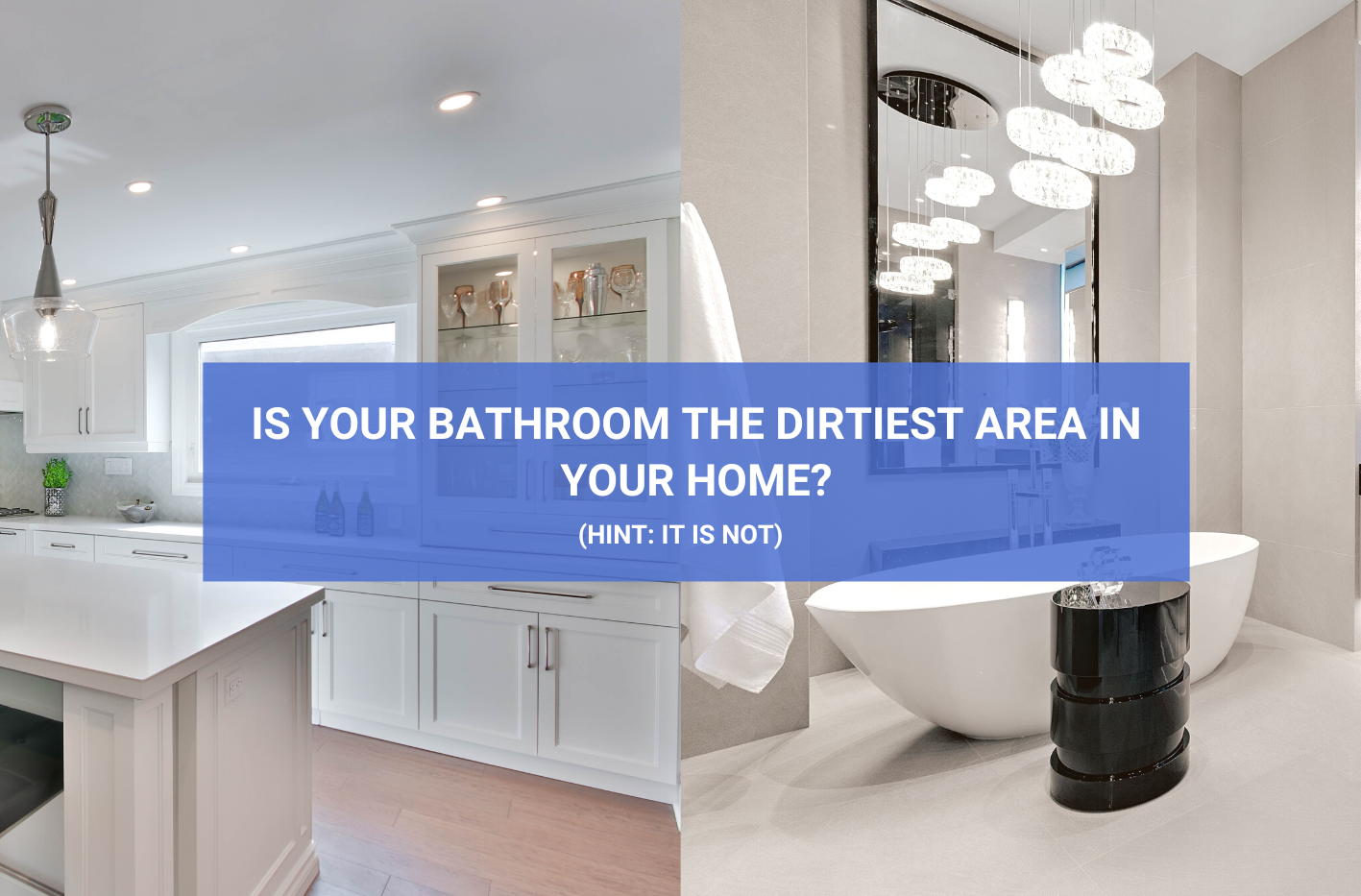
Image credit: Sidekix Media - Unsplash
Contrary to popular belief, your bathroom is not the dirtiest room in your home! Surprisingly, your bathroom is instead one of the cleanest places in your home. The dirtiest room in each home is actually the kitchen!

Why is the kitchen the dirtiest place in our homes?
One of the main reasons why the kitchen is considered the dirtiest place in our home is because that is where we prepare our food and handle raw ingredients. Thus making the room more susceptible to bacteria and germs. According to the BBC, 45% of our coliform bacteria can be found in kitchen sinks, 32% on countertops, and 18% on cutting boards.
What is coliform bacteria? Should I worry?
Coliform bacteria do not cause diseases, and it is generally not harmful. In fact, coliform bacteria are found in the kitchen because of raw meat, which is often contaminated with fecal bacteria. Though it is not something to worry about, I definitely wouldn’t want to be preparing my food in a room that is susceptible to bacteria that are largely associated with fecal bacteria.
I clean my kitchen almost every day. Is it enough?
While your kitchen might look clean from the outside, it does not mean that it is not susceptible to any bacteria. To kill bacteria and germs in your kitchen, aside from cleaning, you should disinfect it. The question is, have you been disinfecting your kitchen often?
How can I disinfect my kitchen?
Using disinfectants can kill almost all bacterias and germs. Before disinfecting your kitchen, you should clean your kitchen first to remove any grease or food built-up. Doing so will allow your disinfectant to do its job properly. You should disinfect both non-food contact (countertop, sink) and food contact surfaces (chopping board, utensils).
For food contact surfaces, it is always advisable to use Food Grade Sanitizers. It has the same effect as your typical disinfectant, but the only difference is that it is safe to use on food contact surfaces! Click here to find out more about the difference between a typical sanitizer vs SimplyGood’s Food Grade Sanitizer. SimplyGood's Food Grade Sanitizers are naturally derived from organic wheat, and produced in a Food Grade Facility. Our Food Grade Sanitizers are safe to use on Food Contact Surfaces such as utensils, cooking ware and dining areas. Not to mention, it is perfectly safe for you to use on a daily basis. So which sanitizers should you buy?

Our sanitizers consist of 70% Ethyl Alcohol, which kills 99.99% of bacterias and viruses. This makes SimplyGood’s Food Grade Sanitizers perfect for sanitising and disinfecting. If you are looking for portable sanitisers for your day to day use, you can consider purchasing our Special Bundle, which consists of a 1L refill, and 3 50ml sanitizer spray. If you are looking for sanitizers to disinfect your home, you can consider getting our Utility Bundle, which consists of a 1L refill, and 500ml Spray - perfect for disinfecting your home.
